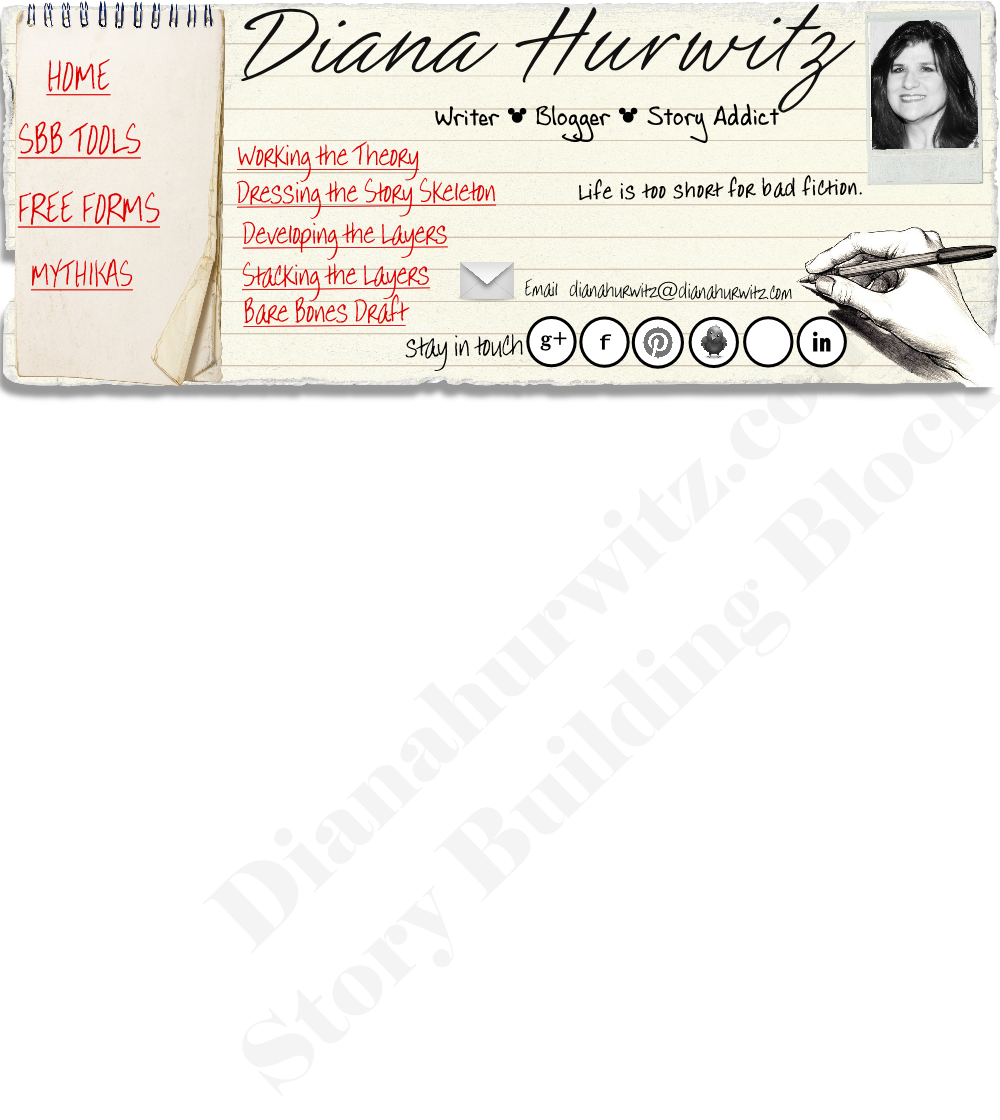
©2018 www.dianahurwitz.com all rights reserved •Designed by Diana Hurwitz
14 Skeletons • Choosing the right story skeleton and dressing it up with an appropriate subgenre helps you create a promise to your reader to give them the information they want and avoid the information they don’t want. By understanding the central question, you ensure the through line of your book is clear when it comes time to market or advertise it. Layering the four types of conflict gives you plenty of material to work with so your plot doesn’t collapse in the middle. Rather than being confined by walls, a strong story foundation allows you to custom design it.
Good writers ask, “What if?” Great writers ask, “Why?”
16 Characters • Faulty logic and missing motive are plot holes that cause reader disconnect. In Story Building Blocks II, we explore obstacles and responses at scene and overall story level. We find out how your characters navigate the world, who they love and hate, and why they behave and misbehave. Using temperament types, we take a look at how each customized character can be bent, twisted, and enhanced from cradle to grave in Story Building Blocks II: Crafting Believable Conflict.
Good writers craft sentences. Great writers sculpt language.
Revision adds the finishing touches to the narrative you’ve created. We examine common plot holes and identify speed bumps that affect the enjoyment of the ride you take your readers on. We cover basic grammar and language use, punctuation, descriptions, narrator intrusion, pacing, and body language. There’s a short primer on sentence structure, including how to craft expert-level cumulative sentences. While it won’t turn you into a professional editor, it can help you take your draft to the next level, especially if you self-publish.
The Build A Cast Workbook fill-in-the-blank format allows you to customize each of the sixteen mannequins based on temperament types introduced in SBB II. From physical description to psychological motivations, you construct friends, foes, heroes, and villains. From main characters to walk-ons, you can give them a part to play and make them stick to your script. The print version has pages to add photos.
The Build A World Worbook helps you build believable story worlds. It covers flora, fauna, mores and manners, myths and magic, government, commerce, food, clothing, and shelter. Whether you are researching a historical period, creating a unique fantasy world, or designing a final frontier in space, the magic is in the details. Deft selection of information creates a 3-D world your readers will remember. The print version offers places to add drawings and photos.
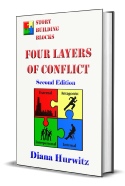
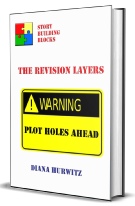
"Every scene in a story should contain conflict."
This advice led me on a journey to answer the question, “How do you come up with conflict for every scene?” The result is the Four Layer of Conflict method which takes writers from “I have an idea” to the actual nuts and bolts of “I have the required scenes and all pull their weight.” This method can help new writers complete their first novel and offers experienced writers another way of looking at structure. There is a difference between reading a story that is seamless and one full of plot holes. Tight structure can be the difference between taking your reader on a safe but forgettable ride and taking them on a journey they will never forget. Story lovers, no matter the genre or premise, prefer a well-constructed story. It all began with the first Story Building Blocks book: The Four Layers of Conflict.
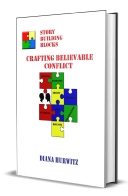
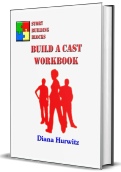
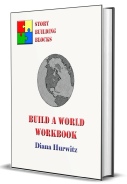
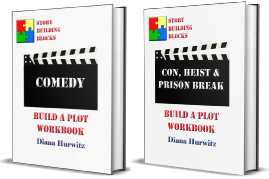
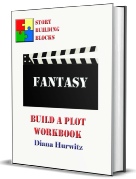
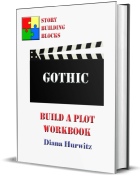
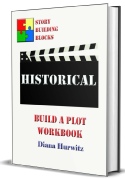
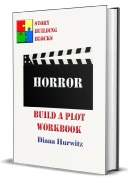
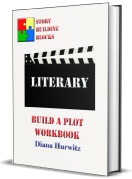
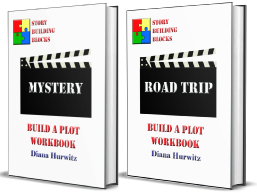
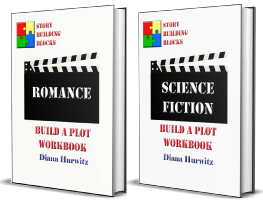
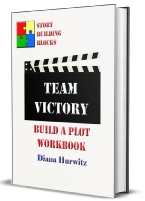
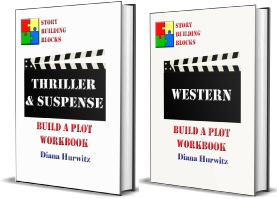
Based on the Four Layers of Conflict method, the Build A Plot Workbooks develop your novel from story seed to finished draft. Whether you prefer to ask the tough questions first or answer them after your first draft, by utilizing the tools, you will: Understand and keep the promise you make to your readers, stage and direct your verbal camera effectively, and develop sound story architecture. Creating one-sentence conflicts for each scene keeps you motivated and working past the murky middle. Layering conflicts provides a tight, focused plot. Assigning characters roles, motivation, goals, and stakes gives their roles purpose. Crafting a solid synopsis and logline helps you pitch and market your story.


